Women in NF
A journey into the heart and history of NF basic and clinical research. This collection of essays showcases the invaluable perspectives and insights of some of the women who have dedicated a decade or more of their careers to advancing the NF field.
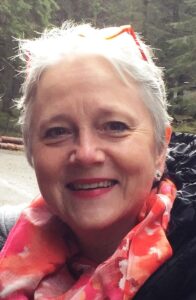
Ludwine Messiaen, PhD
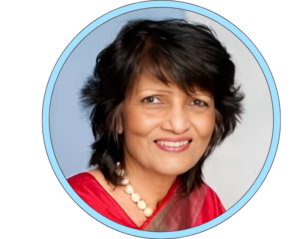
"My Reflections on NF1"
Meena Upadhyaya, OBE, FRCPath, FLSW, Medical Geneticist and Professor Emerita, Cardiff University
“I am proud to have been a part of the NF1 research community since 1986. At that time, there were only a handful of researchers studying NF1 and women were underrepresented but I have watched as the field has grown exponentially to over 300 researchers today. NF1 has taken center stage in cancer biology, and I feel honored to have contributed to its development.”
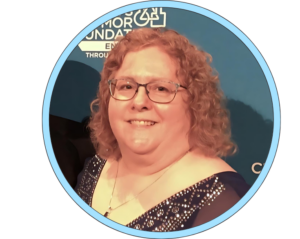
"The Wallace Journey in NF Research"
Margaret "Peggy" Wallace, PhD,
Professor, University of Florida
“I sense that the field is on the cusp of a breakthrough in therapies (all NFs). I don’t think there will be one answer, but that is OK – having multiple proven therapies will help ensure that at least one can be found to help each patient, so I’m glad that there are multiple entities funding these various research directions.”
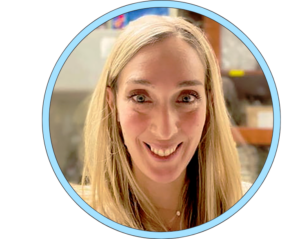
"Thoughts After a Dozen Years of Brain Research in NF1"
Corina Anastasaki, PhD, Washington University School of Medicine
“The growing support from private foundations has been an accelerator in making new research friends and keeping conversations evolving. In this world-wide community that grows and supports itself from within, I only wish to continue to be a part of the new bridges being built.”
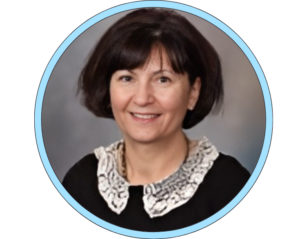
"My 'NF-ologist' Career"
Dusica Babovic-Vuksanovic, MD Professor in Medical Genetics and Pediatrics, Director of NF Program, Mayo Clinic, Rochester, MN
“I developed wonderful friendships with many female colleagues who provided me support and encouragement when I needed it. This certainly contributed to my success as a clinician and NF-ologist.”
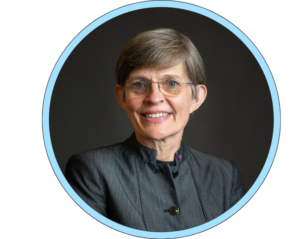
"The Crucial Role of Nonprofit Risk-Tolerance"
Annette Bakker, PhD, President, Children's Tumor Foundation
“The overall awareness of NF has massively increased, and the science is ready to be translated into treatments for our patients. In collaboration with the entire community, we brought the first drug to the market, and we have two other drugs that just entered phase 3, many clinical trials, gene therapies, and new scientific analysis modalities. The time is now to end NF!”
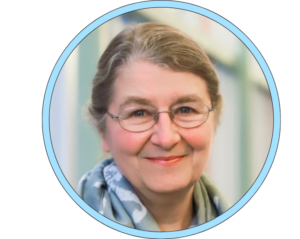
"My Years in NF Research"
Patricia Birch, BSc, MSc RN, Clinical Associate Professor, Department of Medical Genetics, University of British Columbia
“Probably the most important concept that I took away from these years was the invaluable link between researchers and families. The close links we formed with what is really a small number of NF families in our region, ultimately resulted in a strong NF clinical research unit.”
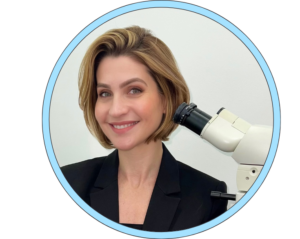
"My Years in Neurofibromatosis Research: Inner Reflections"
Karin Soares Cunha, PhD, Professor of the Department of Pathology, School of Medicine, Fluminense Federal University, Brazil
“Despite persistent questions, the unwavering dedication of the NF community—bolstered by collaboration between basic scientists and medical specialists and including significant contributions from women—has led to profound discoveries.”
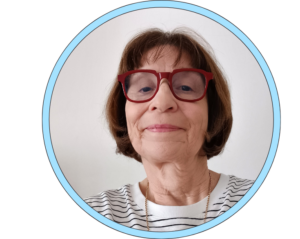
"Serendipity: A Woman in the World of Neurofibromatosis"
Rosalie Ferner, MD FRCP, Neurofibromatosis Centre, Department of Neurology, Guy's and St. Thomas' NHS Foundation Trust London
“I have always been committed to working in partnership with my patients to give them the best possible care; patient-focused outcome measures are of paramount importance in evaluating care or therapy, particularly with the advent of novel drugs.”
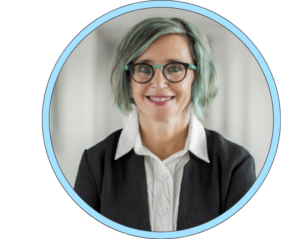
"Three Decades in the NF Community: A Journey of Discovery, Collaboration, and Advances"
Conxi Lazaro, PhD, Head, Molecular Diagnostic Service, Hereditary Cancer Program, Catalan Institute of Oncology - IDIBELL
“These more than 30 years in the NF community have allowed me to witness first-hand the evolution and advances in this group of rare diseases in multiple aspects of both basic and clinical research, as well as changes in the clinical management of patients.”
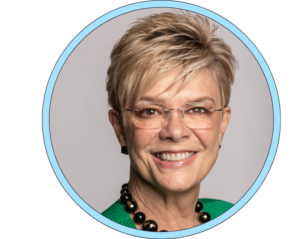
"Four Decades On: What I Have Learned About Learning in NF1"
Kathryn North, AC, BSc, MBBS, MD, DMedSc, University of Melbourne
“My ultimate dream is that our research over more than 30 years will lead to early identification of children with NF1 at risk of cognitive deficits, and the ready availability of early, targeted, and effective interventions.”
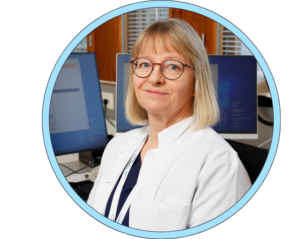
"From Cell Populations to Epidemiological Population Studies and Back – Neurofibromatosis Research in 50 Decades"
Sirkku Peltonen, MD, PhD, Professor of Dermatology and Allergology, University of Helsinki and Helsinki University Hospital
“I am grateful for the opportunities to work with many great scientists and persons. NF research has evolved, diagnostic criteria have sharpened, and groundbreaking discoveries continue to reshape our understanding of this complex disorder. I hope to be able to see more and more hope in the future.”
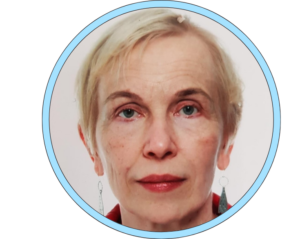
"35 Years With NF"
Minna Pöyhönen, MD, PhD, Professor, Clinical Geneticist, Helsinki University and University Hospital Helsinki Finland
“I am so pleased that we have NF Europe and also European Reference Network (ERN) rare Genetic Tumour Risk Syndromes (GENTURIS). I am sure that with a strong European collaboration, we can have productive international and national NF-collaboration which all NF-patients and families will benefit.”
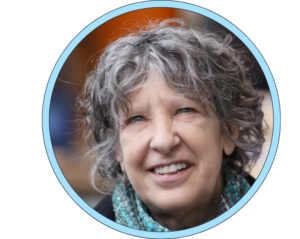
"Maturing Personally and Professionally: A Lifetime Studying NF1"
Nancy Ratner, PhD. Beatrice C. Lampkin Chair in Cancer Biology Professor of Pediatrics, Division of Experimental Hematology and Cancer Biology Cincinnati Children's Hospital Medical Center University of Cincinnati College of Medicine
“Meeting strong women, especially clinicians, has been an immeasurable factor in my growth and experience. Women like Sue Huson, Ros Ferner, Meena Uphadyaya, and Dusica Babovic, whose voices in meetings were heard, never talked over. Their acceptance in the community made it so much easier for women to rise up in the consortium.”
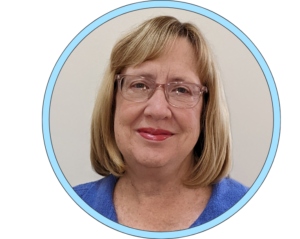
"Reflections on Neurofibromatosis"
Elizabeth (Betty) Schorry, MD, Cincinnati Children's Hospital Medical Center
“The most important lesson I have learned from my time in the NF field is the value of working as a team. From the beginning of our four-physician NF Clinic team, we all learned a great deal by working with others from different disciplines. It was clear that the sum of what the group of four could accomplish working together was much greater than what each could accomplish individually.”
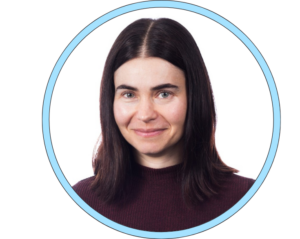
"My Reflections on the Field of Schwannomatosis since 2007"
Miriam J Smith, PhD, The University of Manchester
“I enjoy discovering and interpreting new variants, investigating the effects of variants of uncertain significance and collaborating with the clinical team to help provide genetic diagnoses.”
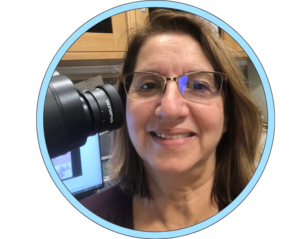
"Thoughts About My Career in the Field"
Anat Stemmer-Rachamimov, MD
“My interest in NF is as strong (actually stronger) now than it was 30 years ago when I started on this path as a post doc. I am still fascinated by the manifestations of the different forms of NF, by the complexity of the lesions, the challenges in diagnosis and the challenges in treatment.”
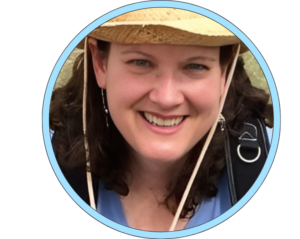
"NF Reflections"
Kristine S. Vogel, PhD, Associate Professor, Department of Cell Systems & Anatomy, UT Health San Antonio
“All three encouraged me to overcome my innate shyness and engage with the NF patient community, both to conduct a research study on DNA damage repair and tumor burden, and to develop interactive sessions for medical students in the Mind, Brain & Behavior module I co-direct.”
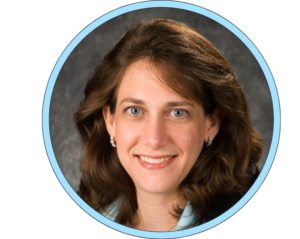
"The People Around Me"
Deeann Wallis, PhD, University of Alabama at Birmingham
“I’ve met many truly amazing people: clinicians, scientists, patients, and patient representatives. I get so much encouragement from the people around me; especially the patients and patient representatives. Their motivation is both pure and urgent, it propels me.”

"The Value of Large Animal Models in Neurofibromatosis Research"
Adrienne L. Watson, PhD, Therillume Inc.
“It is my wish to see all NF patients cured of their disease. To make this dream a reality, scientists and clinicians throughout the world will have to continue to build collaborations, utilize novel technologies to study the disease, and rely on multiple preclinical models to safely bring effective therapies to patients.”

